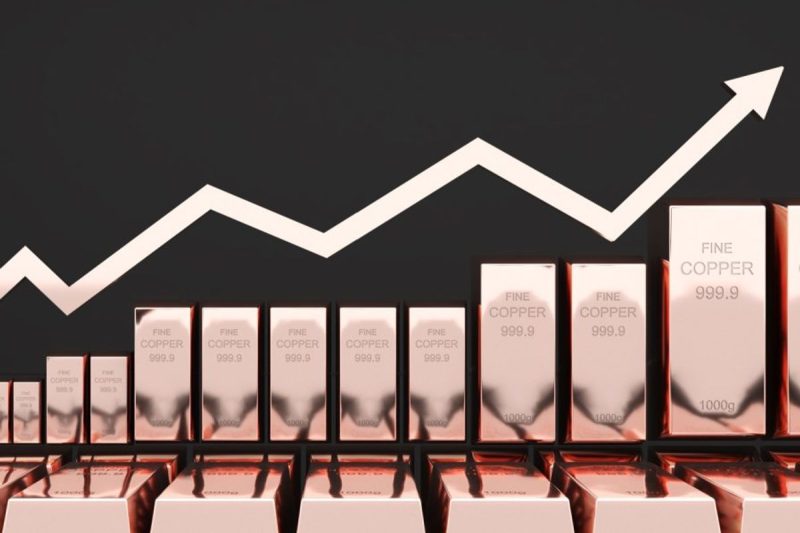Often called Dr. Copper, the red metal has long been held up as a key indicator of global economic health.
Copper is one of the most followed base metals, and its high ductility and electrical conductivity make it the third most consumed industrial metal in the world, behind iron ore and aluminum, as per the US Geological Survey.
Given its attributes, copper is often used for electrical purposes such as power transmission and generation. And like its base metal sibling nickel, it has a major role in the electric vehicle revolution, with experts at S&P Global expecting consumption of copper to jump 20 percent by 2035 due to demand from the green energy market.
Read on to get an idea of the supply and demand dynamics that move the copper price, as well as how to invest.
What factors impact copper supply and demand?
Copper supply is prone to disruptions in various capacities: environmental events, worker strikes, economic fluctuations and so on. For that reason, it’s important to keep an eye on what’s happening in the world’s major copper producers, such as Chile, Peru and China. Global events like the COVID-19 pandemic can also play a role in market dynamics.
Looking into the future, some experts have big-picture concerns for copper output, with some predicting that prices for the red metal will remain high well into the future as supply struggles to keep up with demand.
Indeed, copper had a breakout year in 2021, reaching an all-time high of over US$10,700 per metric ton on the back of higher demand projections. In 2022, it repeated that performance to reach another record high of US$11,067, propelled upward by expectations of strong demand from electric vehicle and renewable energy applications.
Copper supply and demand are also being affected by Russia’s war in Ukraine, which has contributed to higher energy prices and other inflationary pressures. Russia is one of the top copper-producing countries.
China, another top copper-producing country, is also the world’s largest consumer of the red metal, and fluctuations in the strength of its economy often have major implications for copper prices. This has been the story for much of 2023, as prices declined to as low as US$7,812 in October alongside the worsening crisis in China’s real estate market, which represents 30 percent of the country’s GDP and is a primary consumer of the red metal.
As with any metal, the balancing act of supply and demand is fickle. However, the consensus among many experts is that although copper may face short-term headwinds, its long-term future looks solid. Investors who are curious about copper may want to get involved sooner rather than later.
What are the ways to invest in copper?
There are a variety of ways one can get involved in the copper market. As with other commodities, exchange-traded funds (ETFs), futures and mining stocks are common methods of capitalizing on copper.
In the case of a copper ETF, investors are able to access the copper market indirectly by looking at funds focused on copper or copper-mining companies. Meanwhile, copper futures contracts give investors a chance to take part in the market in a lower-risk fashion — according to InvestingAnswers, “(Futures) allow buyers and sellers to ‘lock in’ the price at which they buy or sell an asset in the future.” This creates a bit of a safety net effect for those in the market.
Lastly, there are copper stocks, which can be risky, but are one of the most direct routes to the market. Investors can buy shares of firms involved in copper mining, development and exploration, and ride the ebb and flow of both these companies’ performance and the copper price. Typically more advanced companies are less risky compared to juniors.
Some of the largest copper-mining companies are Freeport-McMoRan (NYSE:FCX), Glencore (LSE:GLEN,OTC Pink:GLCNF), BHP (ASX:BHP,NYSE:BHP,LSE:BHP) and Rio Tinto (LSE:RIO,NYSE:RIO,ASX:RIO). For other ideas on copper stocks, check out our lists of the top-performing companies listed on the TSX , TSXV and ASX.
Securities Disclosure: I, Melissa Pistilli, hold no direct investment interest in any company mentioned in this article.





























